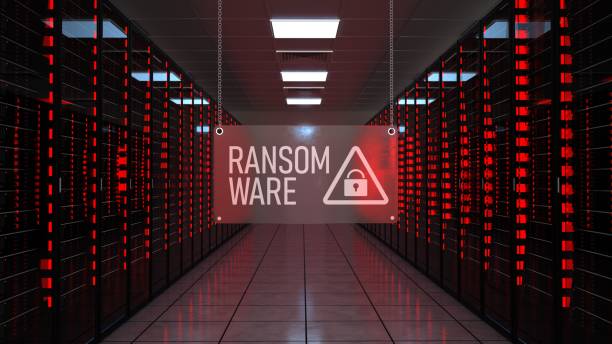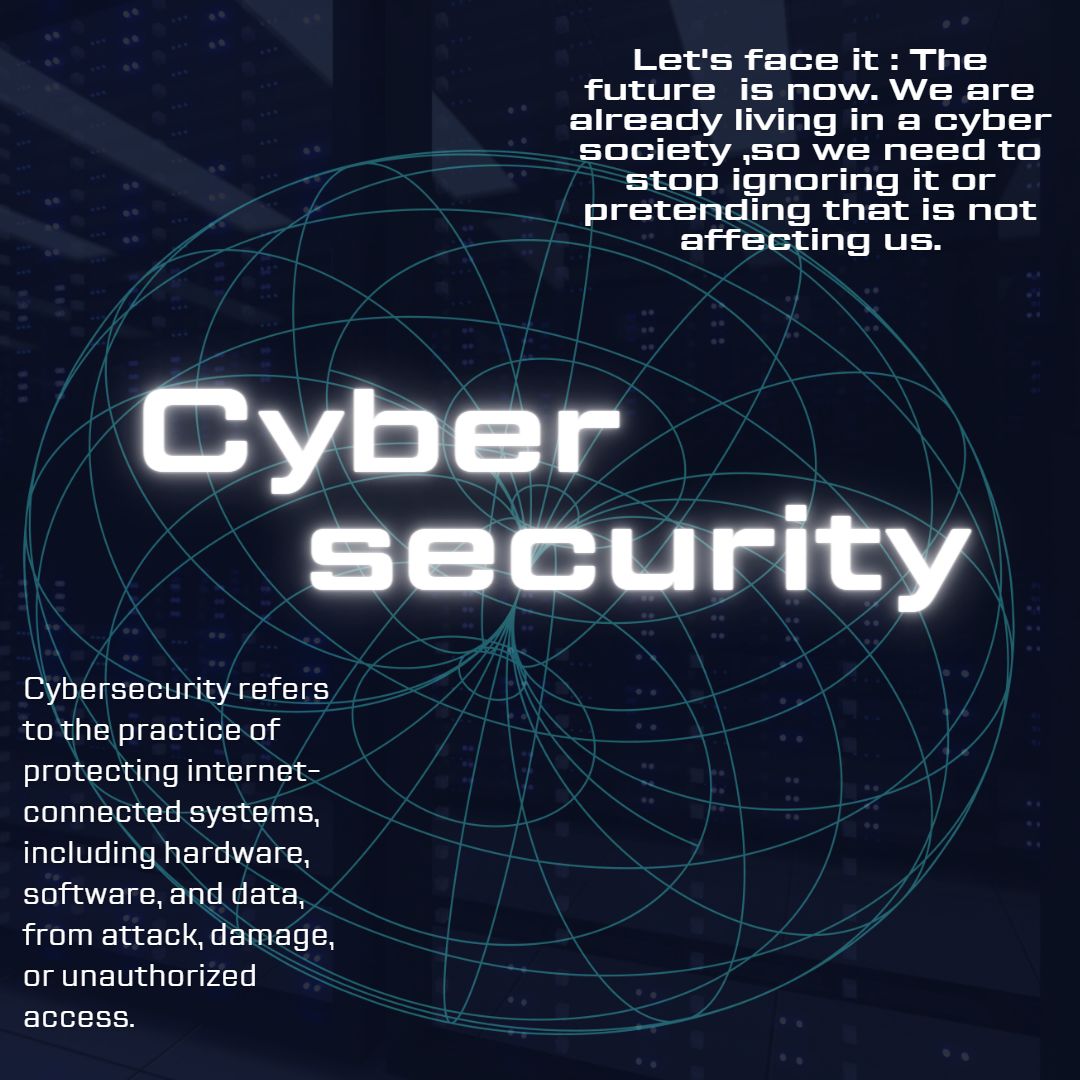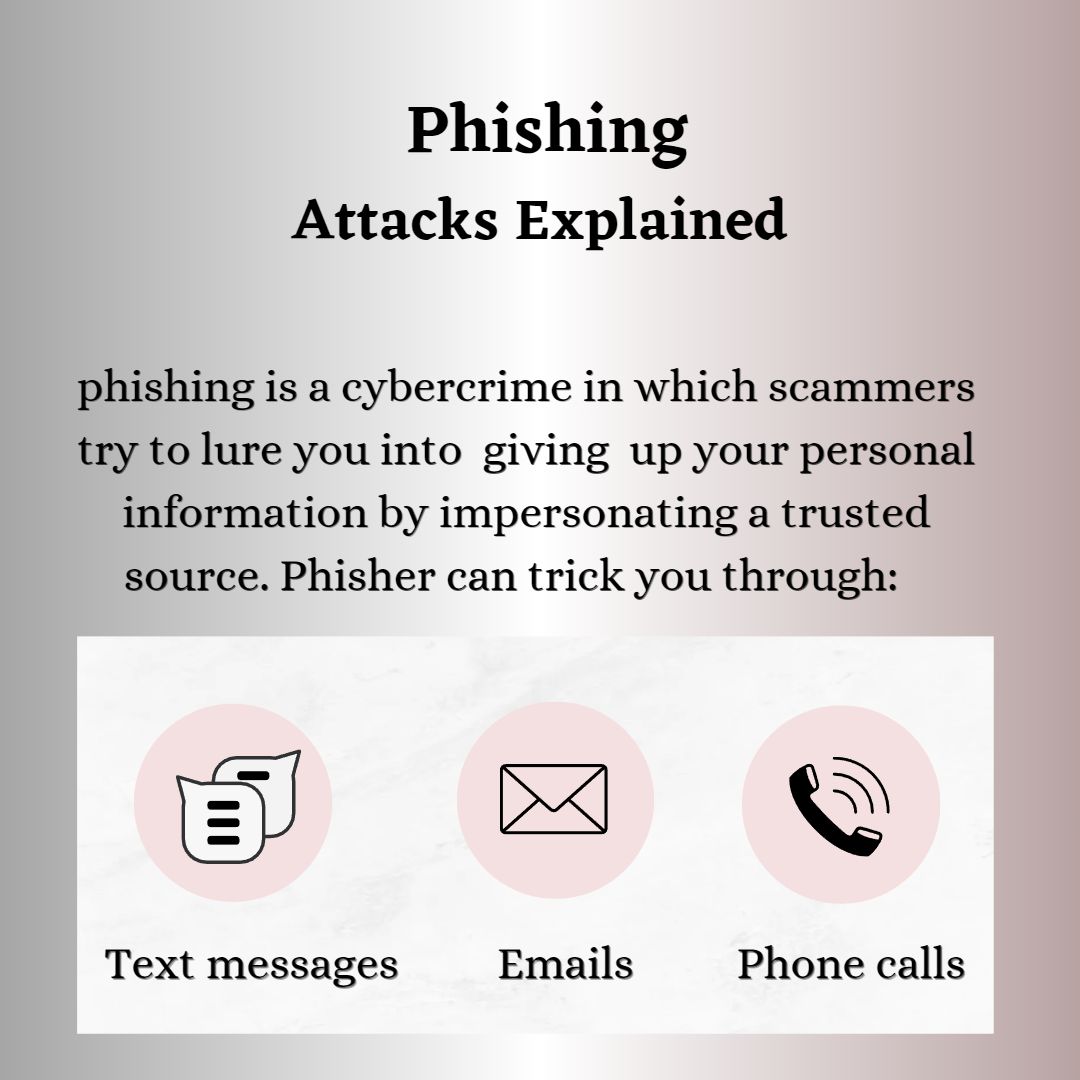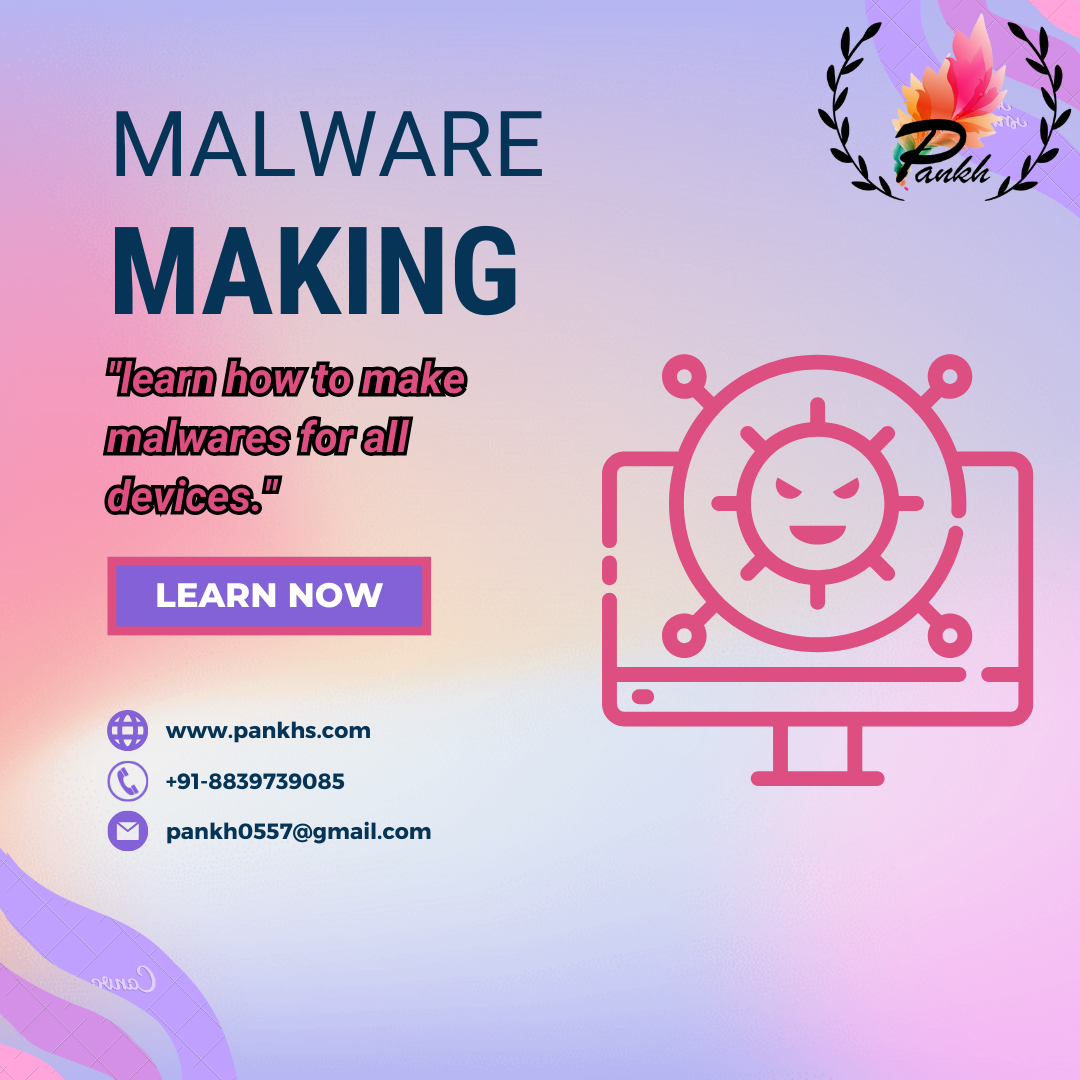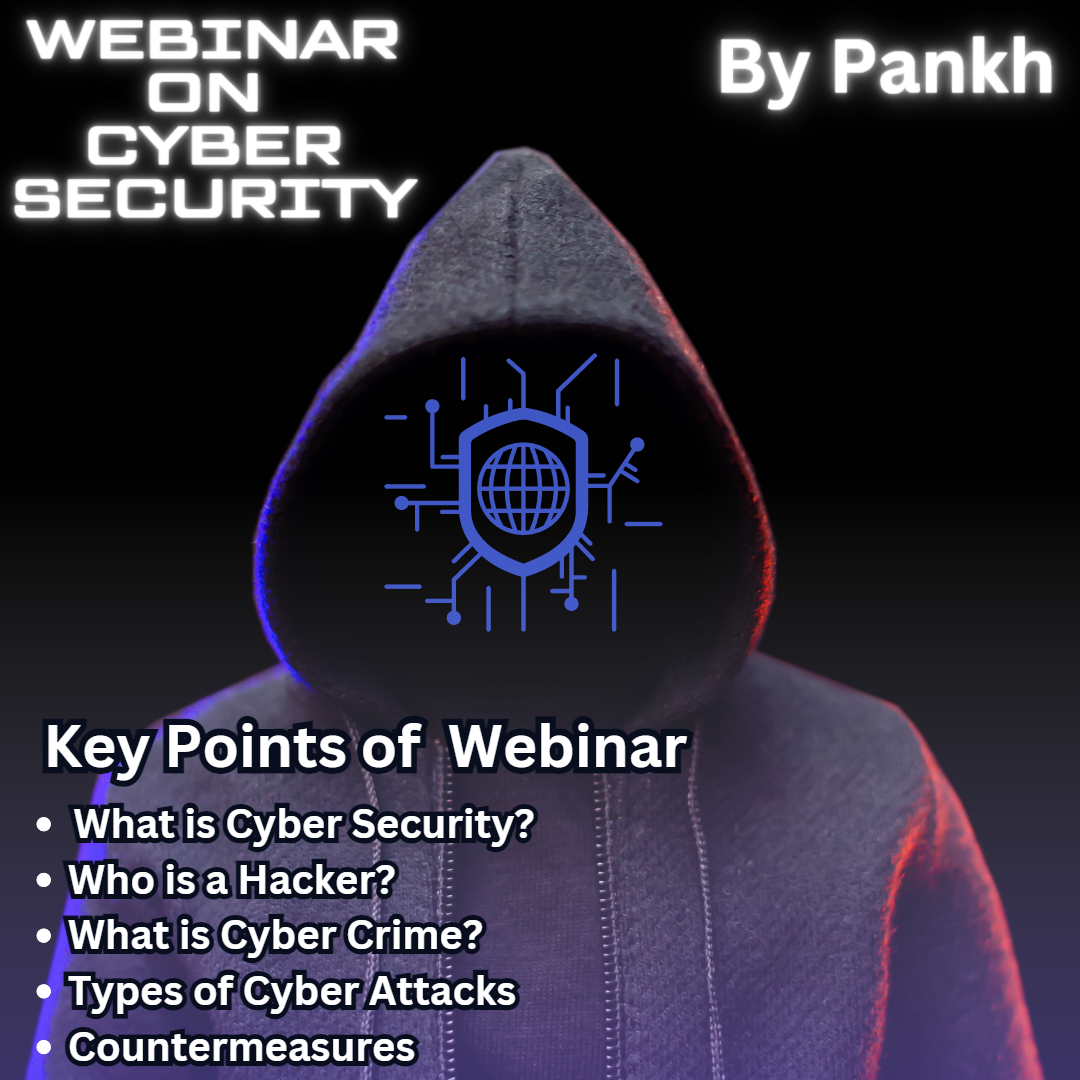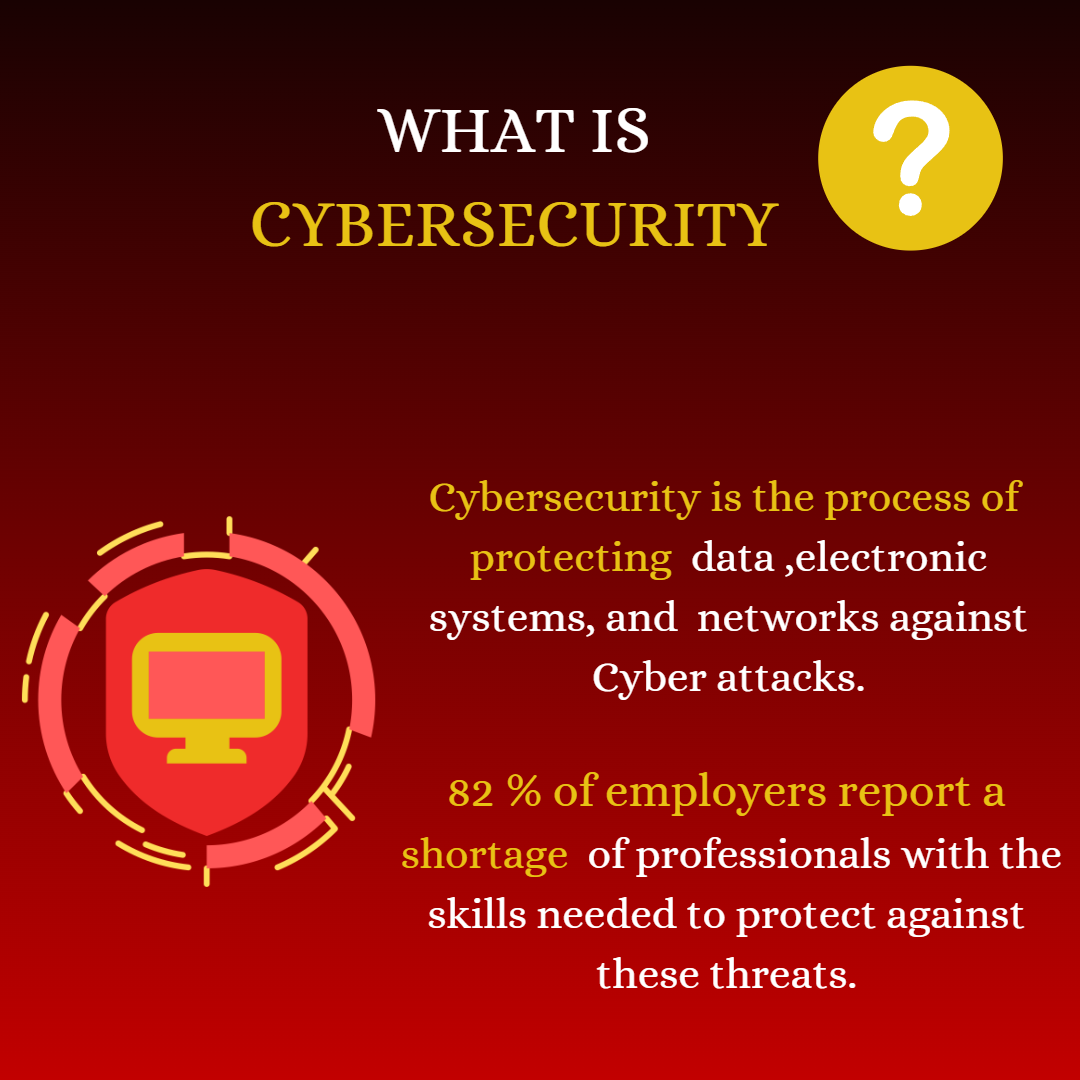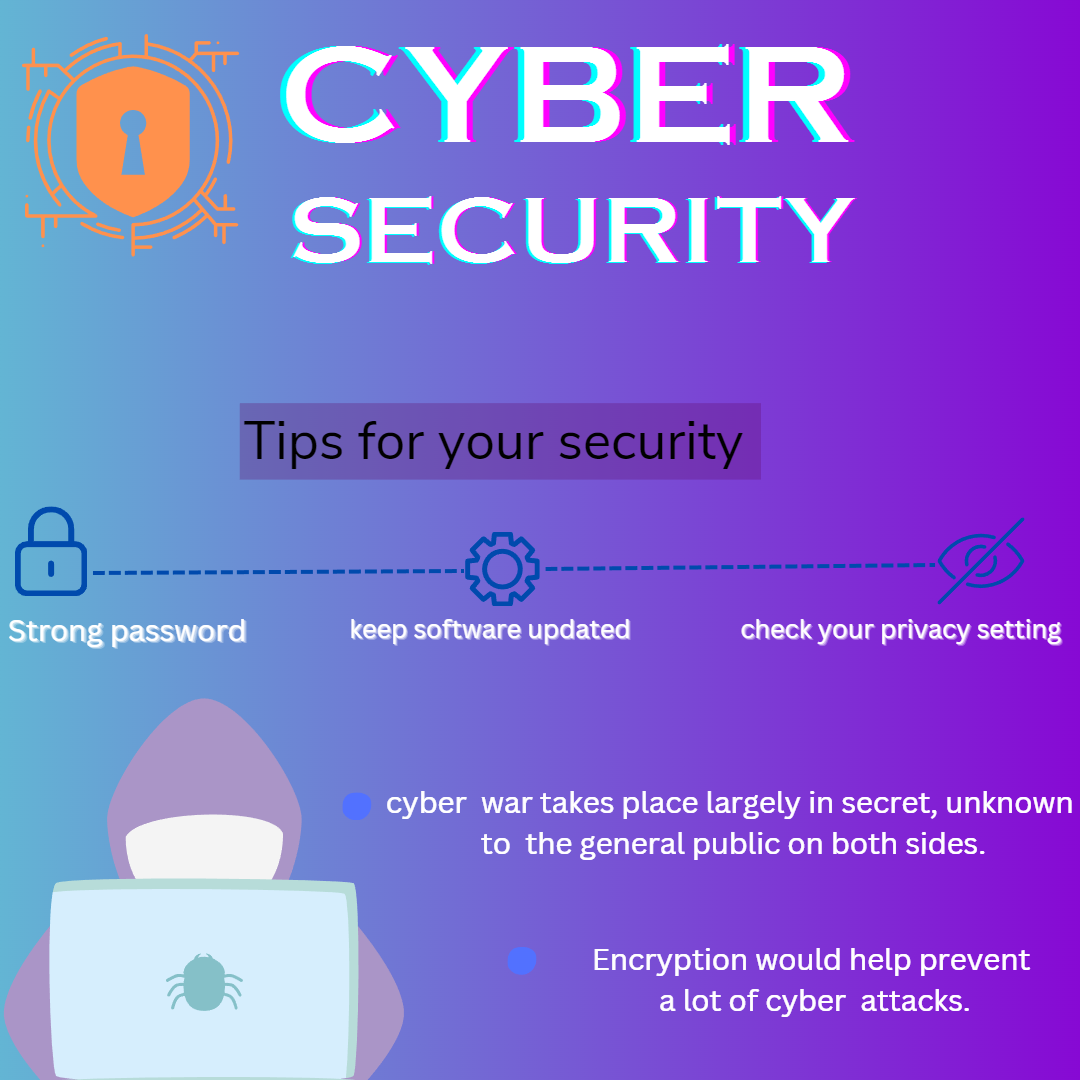Session Hijacking
Session hijacking is a security attack where an unauthorized person gains access to a valid session between two parties, typically a user and a server. This attack allows the attacker to assume the identity of a legitimate user, gaining access to sensitive information and performing actions on their behalf. The attacker exploits weaknesses in session management or communication protocols to steal session tokens or manipulate session information.
Session hijacking occurs when an attacker intercepts and gains unauthorized access to an ongoing session between a user and a server. Once they have control, the attacker can impersonate the user and carry out actions such as retrieving sensitive data or performing transactions. The vulnerability stems from weaknesses in how sessions are managed, particularly in how session identifiers are issued and protected. Attackers exploit these weaknesses to steal session tokens, allowing them to effectively take over the session.
Session tokens, often stored in cookies or URLs, are critical components in maintaining a user’s authentication state during a session. These tokens are unique identifiers assigned to users after they successfully log in to a system. If an attacker can obtain a session token, they can hijack the session without needing the user’s password. This makes session tokens a valuable target for attackers, especially in insecure environments or when data transmission isn’t properly encrypted.
How Session Hijacking Works
Session hijacking typically occurs after a user has successfully logged into a system. Once a user authenticates, the server assigns a unique session token to track the user throughout their interaction. This token is critical, as it allows the server to recognize the user without requiring them to re-enter credentials for each action. However, if an attacker gains access to this session token, they can effectively impersonate the legitimate user. This allows the attacker to perform actions as the user, access sensitive information, and even change account details.
For cybersecurity consultancy and solutions to prevent such attacks, organizations like Pankh offer expert guidance and services designed to safeguard against session hijacking risks.
2. The Role of Session Tokens
Session tokens play a pivotal role in user authentication, acting as unique identifiers that validate a user’s identity after the initial login process. These tokens are often stored in cookies or URLs and are transmitted between the user’s device and the server during each interaction. Attackers focus on stealing or manipulating these tokens, allowing them to hijack a session. Once in possession of a session token, an attacker can bypass normal authentication checks and access accounts as if they were the legitimate user.
To protect session tokens from being intercepted, companies can rely on cybersecurity consultancy services like those provided by Pankh, which specialize in secure session management practices.
3. Packet Sniffing and Man-in-the-Middle Attacks
One of the primary methods attackers use to steal session tokens is packet sniffing. This technique involves monitoring and capturing data packets as they travel over a network. In unsecured environments, such as public Wi-Fi networks, attackers can easily intercept session tokens during transmission. Man-in-the-middle (MITM) attacks are another prevalent technique, where an attacker secretly intercepts and alters communication between a user and a server, stealing session tokens in the process.
For real-time network protection and secure communication channels, organizations can turn to expert consultancies like Pankh, which offer services to prevent MITM and packet sniffing attacks.
4. Cross-Site Scripting (XSS) Exploits
Cross-site scripting (XSS) is another common technique used in session hijacking. In this attack, a malicious script is injected into a web application, which then executes within the browser of an unsuspecting user. If the script captures the session token from the user’s cookies or other storage mechanisms, it can be sent to the attacker. XSS attacks are particularly dangerous as they exploit vulnerabilities in trusted websites, making them difficult for users to detect.
To mitigate the risks of XSS and other web-based vulnerabilities, organizations can seek the help of Pankh, which offers specialized consultancy services for web application security.
5. Session Fixation Attacks
Session fixation is another type of session hijacking, where the attacker sets the session ID in advance. In this scenario, the attacker forces the victim to log in with a pre-determined session ID, which the attacker can later use to hijack the session. This is usually done by tricking the user into clicking a malicious link or visiting a compromised site that assigns them the attacker’s session ID before logging in.
For solutions that defend against session fixation attacks, companies can work with Pankh, which offers strategies for secure session management and token regeneration after login.
6. Implications of Session Hijacking
Once an attacker successfully hijacks a session, the consequences can be severe. They may gain access to sensitive personal information, conduct unauthorized transactions, or compromise an entire network. In worst-case scenarios, attackers can escalate their privileges within an application, gaining control over administrative functions and causing widespread damage. The potential for data breaches, financial loss, and damage to reputation underscores the importance of securing sessions.
For organizations looking to prevent such impacts, Pankh offers a comprehensive cybersecurity consultancy that helps implement best practices to safeguard user sessions and protect sensitive information.
7. Preventive Measures Against Session Hijacking
To prevent session hijacking, it’s essential to use encrypted communication channels, such as HTTPS, which protects data in transit from being intercepted by attackers. Secure session management practices, such as rotating session tokens, implementing secure cookies, and setting appropriate expiration times for inactive sessions, can also help reduce the risk. Additionally, multi-factor authentication (MFA) adds another layer of security, ensuring that a session token alone isn’t sufficient to compromise a user’s account.
For expert guidance on implementing these security measures, organizations can consult with Pankh, a leader in cybersecurity consultancy, providing tailored solutions to prevent session hijacking and other security threats.

Several factors make systems susceptible to session hijacking. One of the primary vulnerabilities is the use of insecure communication channels, such as public Wi-Fi networks. If the connection between the user and the server is not encrypted, attackers can use packet sniffing techniques to capture session tokens as they are transmitted. Additionally, poorly implemented session management practices, like reusing session tokens or failing to invalidate them after a user logs out, increase the risk of hijacking.
Types of Session Hijacking
Active Session Hijacking
Active session hijacking occurs when an attacker actively intercepts and manipulates the communication between a user and a server. Once the session is taken over, the attacker sends requests to the server pretending to be the legitimate user. This can lead to unauthorized actions like account changes, financial transactions, or data theft.
For active session hijacking prevention, Pankh offers consultancy services, focusing on securing communication channels and detecting unauthorized session activities.
2. Passive Session Hijacking
In passive session hijacking, the attacker merely observes and captures the data flowing between a user and a server, without interfering or making any modifications. This type of hijacking allows attackers to gather sensitive information like session tokens or personal details, which they may exploit later.
Organizations can use solutions from Pankh to protect sensitive communications from eavesdropping and ensure robust encryption is in place.
3. Session Fixation
In session fixation attacks, the attacker tricks the user into using a pre-determined session ID that the attacker can then hijack. By getting the victim to authenticate using this session ID, the attacker gains control over the session without having to steal the session token.
For help in mitigating session fixation, Pankh offers expert advice on implementing secure session management practices, including token regeneration after login.
4. Cross-Site Scripting (XSS)
Cross-site scripting (XSS) attacks involve injecting malicious scripts into a website, which are then executed on the user’s browser. These scripts can capture session tokens and send them back to the attacker, who can then hijack the session.
To safeguard web applications from XSS and similar attacks, Pankh provides specialized web security consultancy services.
5. Man-in-the-Middle (MITM) Attacks
In MITM attacks, the attacker positions themselves between the user and the server, intercepting and possibly altering the communication. This allows them to steal session tokens or modify data being exchanged in the session.
For protection against MITM attacks, Pankh offers consultancy services that focus on securing communications through encryption and other network-level defenses.
6. Session Side-Jacking
Session side-jacking refers to the act of stealing a session token using packet sniffing techniques on unsecured networks, such as public Wi-Fi. Once the session token is captured, the attacker can hijack the session without needing the user’s credentials.
Learn more about how Pankh can help businesses implement secure session management and encryption to mitigate side-jacking risks.
7. Cookie Hijacking
Cookie hijacking involves stealing cookies that store session data. If an attacker gains access to a user’s cookies, they can use the information to hijack the session and impersonate the user. This method is especially effective when cookies are not properly encrypted or protected.
Consult Pankh for expert services on how to securely manage and encrypt cookies to prevent hijacking attempts.
8. Replay Attacks
Replay attacks occur when an attacker intercepts valid data during a session, such as session tokens, and reuses them at a later time to gain unauthorized access. The server treats the intercepted data as legitimate, allowing the attacker to hijack the session.
For comprehensive solutions to prevent replay attacks, Pankh offers cybersecurity consultancy that can help implement robust time-based session expiration mechanisms and token validation techniques.
Attackers use several methods to hijack sessions, with packet sniffing being one of the most common. In packet sniffing, the attacker monitors network traffic to capture session data. Cross-site scripting (XSS) is another technique, where attackers inject malicious scripts into a website that steal session cookies when a user interacts with the site. Man-in-the-middle (MITM) attacks, in which the attacker intercepts communication between the user and server, also enable session hijacking by allowing the attacker to capture or alter session data in real-time.

Consequences of Session Hijacking
1. Unauthorized Access to Sensitive Information
Session hijacking enables attackers to gain unauthorized access to sensitive information such as personal data, financial details, and confidential communications. Once inside a hijacked session, attackers can extract private information for malicious purposes.
To prevent unauthorized access, Pankh offers cybersecurity consultancy services that focus on securing user sessions and protecting sensitive data from attackers.
2. Financial Fraud and Theft
One of the most immediate consequences of session hijacking is financial fraud. Attackers can use hijacked sessions to initiate unauthorized transactions, access banking systems, or steal payment information, leading to financial loss for both individuals and businesses.
For solutions to protect financial transactions and secure online banking systems, Pankh provides consultancy services tailored to safeguarding financial data.
3. Compromised Account Integrity
Once an attacker takes over a session, they can modify account settings, change passwords, or even lock out the legitimate user. This compromises the integrity of user accounts, potentially causing permanent loss of access or malicious control over critical systems.
To mitigate account compromise, Pankh offers expert services to strengthen authentication mechanisms and enhance account security.
4. Reputation Damage
When session hijacking leads to data breaches or unauthorized actions, the victim organization’s reputation can suffer. Customers lose trust in the security of the platform, leading to a decline in user engagement, sales, and overall business performance.
Learn more about how Pankh can help protect organizations from reputation-damaging cyberattacks by implementing advanced security protocols.
5. Legal Consequences and Regulatory Fines
Session hijacking can lead to violations of privacy regulations such as GDPR or HIPAA. Organizations that fail to protect user data may face hefty fines and legal penalties for failing to comply with regulatory requirements.
To ensure compliance with data protection laws and avoid legal penalties, Pankh provides consultancy services that help organizations adhere to global cybersecurity standards.
6. Escalation of Privileges
Attackers who hijack sessions may be able to escalate their privileges, gaining administrative access or higher-level control within a system. This can allow them to manipulate core functions, install malicious software, or compromise more critical parts of the network.
For comprehensive defense strategies against privilege escalation, Pankh offers network security services that help prevent unauthorized access to sensitive areas of your infrastructure.
7. Disruption of Services
Session hijacking can result in the disruption of services, especially in cases where attackers abuse system resources or intentionally sabotage operations. This can lead to downtime, reduced productivity, and costly recovery efforts for businesses.
Consult Pankh to implement robust security measures that protect critical services from disruption caused by session hijacking and other cyberattacks.
8. Increased Costs for Recovery
Recovering from a session hijacking attack often involves substantial costs, including the expenses of investigating the breach, mitigating its impact, restoring compromised systems, and compensating affected users. In addition, organizations may need to invest in improved security infrastructure to prevent future attacks.
For cost-effective and efficient recovery solutions, Pankh offers services that help businesses quickly identify and address the root cause of session hijacking attacks, minimizing the overall financial impact.
Preventing Session Hijacking
Several methods can help prevent session hijacking. One of the most effective ways is to use encryption protocols like HTTPS, which secures data transmission between the user and server. Implementing strong session management practices, such as rotating session tokens after login and using secure cookies, is also crucial. Additional protections include multi-factor authentication (MFA), which requires more than just a session token to access an account, and employing timeout mechanisms to invalidate inactive sessions
Encrypting Data with HTTPS
One of the most fundamental ways to prevent session hijacking is to ensure that all communication between the user and server is encrypted using HTTPS. HTTPS secures the data in transit, making it difficult for attackers to intercept and steal session tokens or other sensitive information through techniques like packet sniffing.
For organizations looking to implement strong encryption protocols, Pankh offers consultancy services that focus on deploying HTTPS and other security measures to protect user sessions from hijacking.
2. Strong Session Management Practices
Implementing robust session management practices is essential for preventing session hijacking. This includes rotating session tokens after login to prevent attackers from reusing stolen tokens. Secure cookies with flags such as “HttpOnly” and “Secure” should also be used to limit the exposure of session data.
For expert guidance on secure session management, Pankh provides services designed to help organizations implement token rotation, secure cookies, and other best practices.
3. Multi-Factor Authentication (MFA)
Multi-factor authentication (MFA) is a highly effective security measure that requires users to verify their identity through more than one method, such as a password and a one-time code. Even if an attacker manages to steal a session token, they would still need the second form of authentication, making it harder to hijack a session.
To integrate MFA into your systems, Pankh offers consultancy services that focus on enhancing authentication security and preventing unauthorized access through compromised sessions.
4. Session Timeouts and Invalidation
Implementing session timeout mechanisms is crucial for limiting the window of opportunity for attackers. Sessions should automatically expire after a period of inactivity to prevent hijackers from exploiting idle sessions. Similarly, sessions should be invalidated upon logout to ensure attackers cannot reuse old tokens.
For organizations looking to strengthen their session timeout mechanisms, Pankh provides comprehensive security solutions to enforce session expiration and automatic invalidation of inactive sessions.
5. Use of Secure Cookies
Cookies used to store session data should be configured with security attributes like “HttpOnly” and “Secure.” The HttpOnly flag ensures that the cookie cannot be accessed via JavaScript, protecting it from cross-site scripting (XSS) attacks. The Secure flag ensures that cookies are only transmitted over encrypted HTTPS connections.
For assistance in securing session cookies, Pankh offers specialized consultancy services that help organizations implement secure cookie handling practices to protect against session hijacking.
6. Detecting and Blocking Suspicious Activity
Monitoring user sessions for suspicious behavior is another critical step in preventing session hijacking. Systems can flag unusual actions, such as changes in IP address or device, and take preventative measures like requiring re-authentication or terminating the session.
Learn more about how Pankh can help implement advanced monitoring solutions that detect and block session hijacking attempts in real time.
7. Implementing Anti-CSRF Tokens
Cross-site request forgery (CSRF) attacks can also lead to session hijacking if session tokens are compromised. Anti-CSRF tokens ensure that each session request is legitimate by including a unique token in each transaction. This prevents attackers from performing unauthorized actions in the context of a legitimate user’s session.
To safeguard against CSRF attacks, Pankh offers consultancy services that help organizations deploy anti-CSRF mechanisms to further secure user sessions.
8. Regular Security Audits and Penetration Testing
Conducting regular security audits and penetration testing is vital for identifying vulnerabilities that could lead to session hijacking. These proactive measures help ensure that weaknesses in session management and other security controls are identified and addressed before they can be exploited by attackers.
Pankh provides comprehensive security audit services, helping organizations stay ahead of potential threats and ensure that their defenses against session hijacking remain strong.
Real-World Examples of Session Hijacking
1. Firesheep and Public Wi-Fi Exploitation
One of the most well-known examples of session hijacking occurred with the Firesheep tool, which was used to exploit unencrypted public Wi-Fi connections. Firesheep allowed attackers to easily capture session tokens from popular websites like Facebook and Twitter, enabling them to impersonate users and access their accounts.
Organizations can prevent such attacks on their systems by ensuring proper encryption and secure communication channels, with the help of services offered by Pankh.
2. Yahoo Mail Session Hijacking
In 2010, Yahoo Mail users were targeted by session hijacking through a vulnerability that allowed attackers to steal session cookies using cross-site scripting (XSS). This breach enabled unauthorized access to users’ email accounts without needing their login credentials.
To protect against similar threats, companies can work with Pankh to secure web applications and prevent XSS vulnerabilities that lead to session hijacking.
3. The Reddit Incident (2018)
In 2018, Reddit faced a security breach where session hijacking was used to bypass SMS-based two-factor authentication (2FA). Attackers intercepted SMS messages to gain access to user accounts despite 2FA being in place, exposing the need for more secure authentication methods.
For organizations seeking to enhance their authentication processes, Pankh offers consultancy services focused on integrating stronger forms of multi-factor authentication (MFA) beyond SMS.
4. Steam Session Hijacking
In the gaming industry, Steam users have been victims of session hijacking, where attackers stole session tokens through phishing attacks and used them to gain access to accounts. This allowed the attackers to access user data, trade items, and disrupt gaming experiences.
To help gaming platforms secure their users’ sessions, Pankh provides cybersecurity solutions designed to protect user data and prevent token theft.
5. Twitter’s OAuth Token Incident
In 2017, a flaw in Twitter’s OAuth implementation allowed attackers to steal session tokens, gaining access to users’ accounts without the need for their passwords. This incident highlighted the importance of securing session management and OAuth tokens.
For assistance in securely implementing OAuth and session management protocols, Pankh offers expert guidance and solutions.
6. Facebook Session Hijacking
Facebook has experienced multiple incidents of session hijacking over the years, particularly on mobile devices using unencrypted connections. Attackers could intercept session tokens and impersonate users, gaining unauthorized access to their accounts.
Companies looking to protect their mobile users from session hijacking can rely on Pankh for consultancy services focused on securing mobile applications and user sessions.
7. LinkedIn Session Hijacking
In 2016, a vulnerability in LinkedIn’s session management allowed attackers to exploit session cookies and hijack accounts. This breach showed the dangers of not invalidating session tokens upon logout, leaving user accounts exposed to hijackers.
To prevent such issues, organizations can work with Pankh to implement best practices in session invalidation and session timeout mechanisms.
Legal and Ethical Implications
Session hijacking is illegal and unethical, as it involves unauthorized access to systems and the violation of privacy. Depending on the severity of the attack, the perpetrators can face significant legal consequences, including fines and imprisonment. Companies that fail to protect their users from session hijacking may also face legal actions, especially if the attack leads to a data breach or other significant harm to users.
1. Violation of Privacy Laws
Session hijacking typically results in a breach of user privacy, which violates various national and international privacy laws, such as the General Data Protection Regulation (GDPR) in the European Union or the Health Insurance Portability and Accountability Act (HIPAA) in the United States. By gaining unauthorized access to users’ personal data, attackers infringe upon legal protections designed to safeguard individual privacy. Companies that do not take adequate steps to protect user sessions from hijacking can face penalties and lawsuits under these regulations.
Organizations seeking guidance on compliance with privacy laws can consult Pankh, which offers specialized services to ensure that systems meet the highest standards for protecting user data.
2. Legal Consequences for Hackers
Session hijacking constitutes a form of unauthorized access to computer systems, which is illegal in most countries under laws like the Computer Fraud and Abuse Act (CFAA) in the United States. Hackers who engage in session hijacking may face severe legal penalties, including imprisonment and heavy fines, depending on the extent of the damage caused. In many cases, attackers are prosecuted not just for the act of hijacking but also for any subsequent illegal activities carried out using the compromised session, such as theft or fraud.
For businesses looking to safeguard themselves against legal risks posed by hackers, Pankh provides solutions to enhance system security and prevent session hijacking attacks.
3. Corporate Liability
Companies have a legal and ethical responsibility to protect their users’ data. When session hijacking occurs due to inadequate security measures, the company may be held liable for the consequences, including the loss of personal data, financial information, or any other sensitive material. Legal actions may be brought against the company, especially if the breach violates industry standards or regulatory compliance requirements.
Pankh offers consultancy services to help businesses implement robust security practices and reduce the risk of corporate liability in the event of a security breach.
4. Reputational Damage and Trust Erosion
Beyond legal implications, session hijacking can severely damage a company’s reputation. Users lose trust in platforms that fail to secure their data, leading to loss of customers and reduced business growth. Ethical responsibility demands that companies prioritize the security of their users’ sessions, as failing to do so reflects poorly on their commitment to user privacy and security.
To prevent reputational harm, companies can work with Pankh to develop comprehensive security strategies that protect user sessions and reinforce trust in their services.
5. Ethical Responsibility of Organizations
From an ethical perspective, companies must ensure that they take every possible measure to secure user sessions. This includes implementing strong encryption, session management protocols, and constant monitoring for suspicious activity. Ethical considerations also extend to ensuring transparency with users, notifying them promptly in the event of a session hijacking attempt, and assisting them in recovering their accounts.
Pankh provides expert consultancy services to help organizations uphold their ethical responsibilities by maintaining high security standards and protecting user privacy.
Future of Session Hijacking
As technology advances, attackers continue to develop more sophisticated methods of session hijacking. However, security experts are also evolving their strategies to combat these threats. Enhanced encryption standards, better user authentication mechanisms, and continuous session monitoring will play key roles in reducing the risk of session hijacking in the future. Educating users about the importance of secure browsing practices, such as avoiding public Wi-Fi or using VPNs, will also be essential in protecting against these attacks.
1. Advancements in Encryption
As attackers develop more advanced techniques for session hijacking, encryption standards are also evolving to provide stronger protection. Future encryption protocols will likely incorporate more sophisticated algorithms that make it nearly impossible for attackers to intercept session data. Technologies such as Quantum Key Distribution (QKD) could become widely adopted, further enhancing the security of encrypted sessions.
For organizations seeking cutting-edge encryption solutions, Pankh offers consultancy services to help implement the latest encryption protocols and secure communications against session hijacking.
2. Biometric and Multi-Factor Authentication (MFA)
The future of session security will involve more widespread use of biometric authentication and advanced multi-factor authentication (MFA) systems. These systems require users to authenticate through multiple methods, such as fingerprints, facial recognition, or one-time passwords. By combining MFA with continuous authentication mechanisms, such as behavior-based monitoring, the risk of session hijacking will be drastically reduced.
For assistance in integrating biometric and MFA solutions, Pankh provides expert guidance on implementing stronger authentication practices to enhance security.
3. AI and Machine Learning for Threat Detection
Artificial intelligence (AI) and machine learning (ML) will play a significant role in detecting and preventing session hijacking in real-time. These technologies can analyze user behavior, identify anomalies, and alert security systems to potential hijacking attempts. As AI and ML become more sophisticated, their ability to detect even subtle variations in session activity will help protect against future attacks.
Pankh offers cybersecurity solutions that integrate AI-powered threat detection tools, helping organizations stay ahead of evolving session hijacking tactics.
4. Increased Use of VPNs and Zero-Trust Architectures
As remote work becomes more common, the need for secure connections is more critical than ever. Virtual Private Networks (VPNs) and Zero-Trust Architectures will play a key role in future defenses against session hijacking. By ensuring that every connection is authenticated and encrypted, even across public networks, these technologies will make it harder for attackers to intercept sessions.
To implement Zero-Trust and VPN strategies, Pankh offers consultancy services that help businesses secure remote access and reduce the risk of session hijacking.
5. User Education and Awareness
As technology evolves, so must user awareness of security threats. Educating users on the importance of secure browsing practices, such as avoiding public Wi-Fi, using strong passwords, and enabling MFA, will continue to be a critical aspect of preventing session hijacking. The future will likely see more user-friendly security features and prompts, encouraging better security behavior.
For organizations seeking to enhance user security awareness, Pankh offers training and resources to educate employees and users on best practices for safe online behavior.
6. Blockchain for Session Security
Blockchain technology may play an emerging role in session security. By decentralizing session management and using cryptographic methods to verify the authenticity of each session, blockchain could eliminate some of the vulnerabilities that lead to session hijacking. This technology, still in its early stages for session security, has the potential to revolutionize how sessions are handled in the future.
Pankh stays at the forefront of new technologies like blockchain and offers consultancy services to help businesses explore its potential for securing session data.
7. Continuous Authentication and Monitoring
In the future, sessions may no longer rely on a single login event for authentication. Instead, continuous authentication techniques will be used to verify user identities throughout the session. This can include monitoring behavior patterns, typing speed, and even location to ensure that the correct user remains in control of the session, reducing the likelihood of session hijacking.
To help organizations adopt continuous authentication methods, Pankh provides services focused on developing and integrating real-time monitoring and authentication systems.
8. Collaboration Between Governments and Cybersecurity Firms
As session hijacking becomes more complex, collaboration between government bodies and private cybersecurity firms will be essential for creating standards and sharing intelligence. Governments may enforce stricter regulations on businesses to ensure they implement state-of-the-art security measures, while cybersecurity firms will need to provide innovative solutions.
For businesses needing to align with regulatory requirements and future-proof their security strategies, Pankh offers consultancy services that guide organizations through compliance and cybersecurity innovation.



